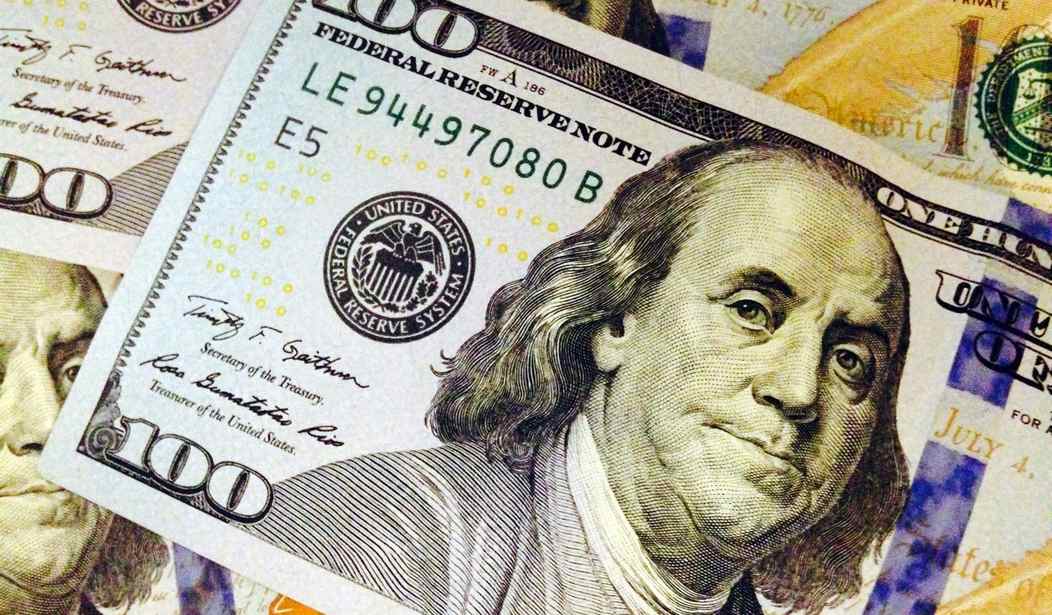The numbers have been crunched, folded, spindled, and mutilated — and the results aren’t pretty.
The Treasury Department announced recently that the federal government ran a $1.7 trillion deficit for the fiscal year that ended September 30, up about $320 billion from the prior year. The deficit is 23% larger than the deficit run in FY 2022 after revenue fell $457 billion in this fiscal year while outlays totaled $6.124 trillion.
Do not try to wrap your head around those numbers. Unlike some myths, it will really make you go blind.
“Those numbers make the deficit look smaller than it actually was last year, because of an accounting mirage related to a student-loan forgiveness program that President Biden proposed last year,” says the New York Times.
For those — like myself — who think it obscene to laugh about this, I’d simply say that, first, I’m an obscene man, and two, laughing about it is the only way to stay sane.
The budget shortfall adds to the staggering U.S. debt total, which stood at $33.6 trillion earlier this week. The deficit level was eased somewhat when the Supreme Court voided President Joe Biden’s effort to erase billions in student loan debt.
That number has swelled by more than $10 trillion since the first quarter of 2020, when the Covid-19 pandemic hit and pushed the government into a spending spree aimed at making up for the damage done to the economy.
Of the government outlays last year, some $659 billion went for net interest on the accumulated debt, up from $475 billion in fiscal 2022.
Joe Biden’s political payoffs masquerading as pandemic relief may turn out to be the biggest fiscal disaster in U.S. history. Half of that ten trillion in debt built up since 2020 — $5.2 trillion — went to three pandemic relief bills signed by Joe Biden.
Treasury Secretary Janet Yellen wants to kick the deficit can down the road. She says the administration is “committed to addressing challenges to our long-term fiscal outlook.”
How about the short term, granny?
Financing the debt has gotten significantly more expensive over the past year as the Federal Reserve has jacked up benchmark interest rates in an effort to combat inflation. The central bank has raised its key lending rate by 5.25 percentage points, and Treasury yields have responded in kind. The 10-year Treasury note has been flirting with a 5% yield. It was less than 1% through 2020.
What do you think that $659 billion we spent financing our national debt last year could have bought? If you think that’s a lot of cash to be spending to fund our national debt, you ain’t seen nothin’ yet. The Congressional Budget Office is predicting that, by 2032, interest payments on the debt will top $1.4 trillion.
Complicating matters, interest rates are going to go higher by the end of the fiscal year next September. That means an increase in debt servicing.
Getting off this merry-go-round of deficit spending, leading to more national debt, which ends up increasing our debt servicing costs is going to be radically painful. This is the consequence of both parties burying their heads in the sand and avoiding the tough calls to address our massive overspending problem.










Join the conversation as a VIP Member